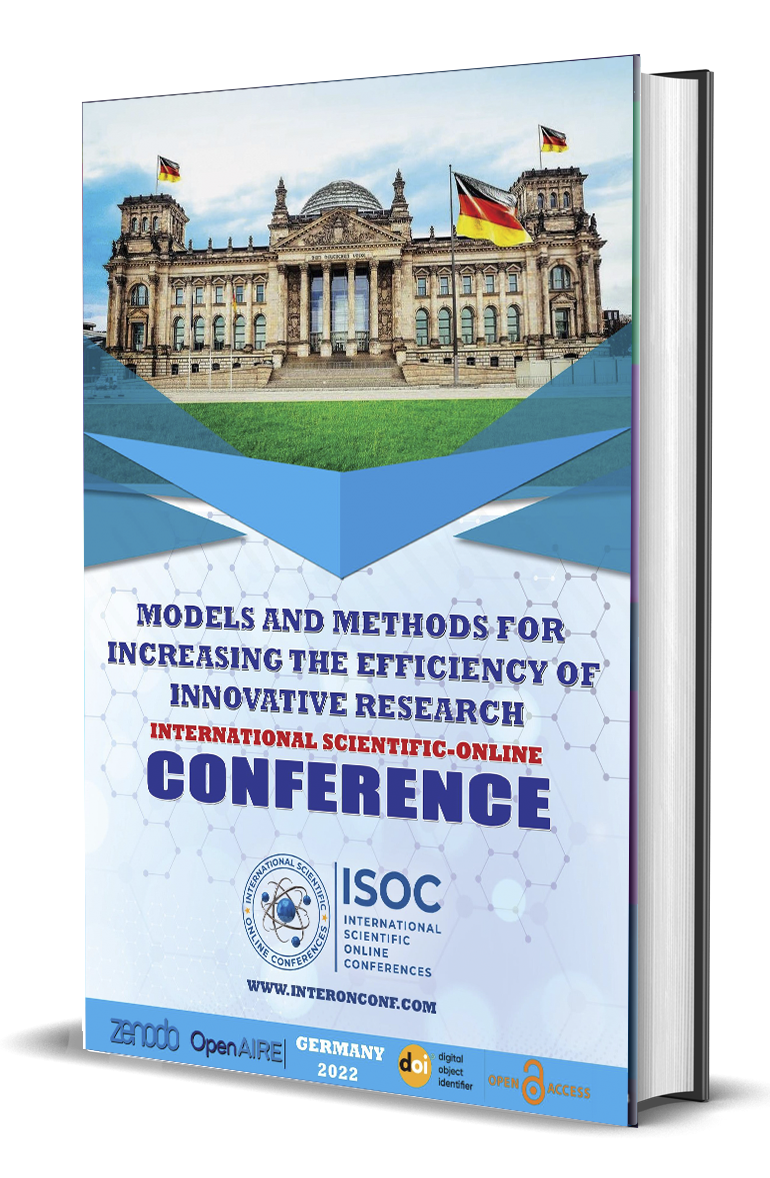EFFECTIVE METHODS TO TEACH FOREIGN LANGUAGES FOR LEARNERS
Keywords:
approach, methodologies,techniques,foreign language,target languages.Abstract
The main purpose of the article is to try to provide the best methods of teaching foreign languages for learners
References
FELL, E. – LUKIANOVA, N. 2015. British Universities: International Students’ Alleged Lack of Critical Thinking. In Procedia-Social and Behavioral Sciences, 215, pp.2-8.
GLASER, E. 1985. Critical Thinking: Educating for Responsible Citizenship in a Democracy Educating for responsible citizenship in a democracy. In National Forum, vol. 65, no. 1, pp. 24. Honor Society of Phi Kappa Phi.
HALPERN, D. 2003. Thought and knowledge: An introduction to critical thinking (4th edn). Lawrence Erlbaum, Hillsdale, NJ.
HARRIS, R. 2018. Introduction of Creative thinking . Available online: http://www.virtualsalt.com/crebookl.
HUGHES, J. 2014. Critical Thinking in the Language Classroom . Available online: https://www.ettoi.pl/PDF_ resourses/Critical_ThinkingENG.pdf.
KAHNEMAN, D. – EGAN, P. 2011. Thinking, fast and slow. New York.
KAUFMAN,G. et al. 2008. Essentials of creativity assessment. Hoboken. NY: Wiley.
KELLY, Y. 2009. Assessing students’ critical thinking performance:Urging for measurements using multi-response format. Thinking Skills and Creativity, 4, pp. 70-76. G
LIU, O. et al. 2014. Assessing critical thinking in higher education: current state and direction for next-generation assessment. ETS Research Reports Series,





